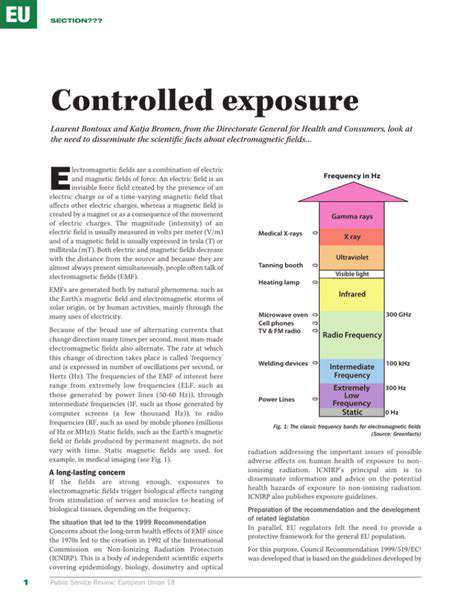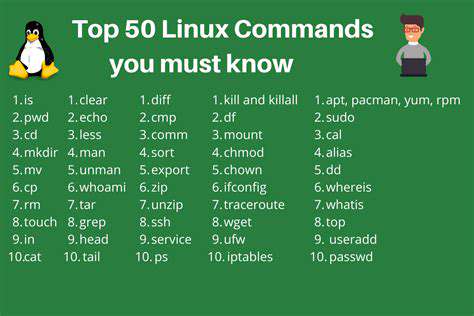Unleash Your Dog's Potential: An Introduction to Agility Training
The magic of agility lies in its dual nature—it's both a physical workout and a complex cognitive exercise. Unlike standard obedience drills, agility courses demand split-second decisions, forcing dogs to process multiple stimuli while maintaining focus on their handler. Through repeated practice, our four-legged athletes develop an impressive ability to assess situations rapidly and adjust their movements accordingly.
The Benefits of Agility Training
The advantages of agility training extend far beyond the competition ring. For our canine companions, it serves as a powerful antidote to boredom—that notorious precursor to destructive behaviors like chewing or excessive barking. The cardiovascular benefits are undeniable, with regular sessions improving endurance and muscle definition. But perhaps most remarkably, we see shy dogs blossom with newfound confidence as they master each obstacle.
For human participants, the rewards are equally profound. There's an undeniable thrill in watching your training efforts culminate in a flawless run. The sport creates unique bonding opportunities, as you learn to communicate through body language and subtle signals. Many enthusiasts find themselves part of a vibrant community—a network of like-minded individuals who exchange tips, celebrate victories, and support each other through challenges.
Obstacle Course Design and Structure
Modern agility courses are marvels of canine engineering, with each element serving a specific developmental purpose. The standard lineup includes:
- A-frame climbs (testing balance and confidence)
- Weave poles (developing lateral movement and focus)
- Pause tables (teaching impulse control)
- Tunnels (building courage and spatial awareness)
Course designers employ psychological principles when sequencing obstacles. They might place a mentally demanding weave pole section immediately after a high-energy tunnel run, simulating the need for quick mental shifts in real-world situations.
Training Techniques and Strategies
Successful agility training hinges on what psychologists call shaping behavior—breaking complex maneuvers into tiny, teachable components. The golden rule? Always end training sessions on a high note, leaving the dog eager for more. Professional trainers emphasize the importance of variable reinforcement schedules—sometimes rewarding with treats, other times with toys or enthusiastic praise—to maintain engagement.
Handlers often employ hand signals as precise as a conductor's baton movements, with subtle shifts in body weight or arm positions conveying specific instructions. The most effective trainers maintain a growth mindset, viewing each mistake as valuable feedback rather than failure.
Choosing the Right Agility Dog
While Border Collies dominate competition circuits due to their lightning-fast reflexes and intense focus, agility isn't exclusively for herding breeds. The sport has seen success stories with unexpected candidates—from determined Dachshunds to enthusiastic Pit Bulls. The true determining factors are temperament and drive, not pedigree. Ideal candidates display:
- Food or toy motivation (indicating trainability)
- Resilience to minor failures
- Enjoyment of problem-solving
Many trainers recommend starting with basic obedience before introducing agility equipment, ensuring the dog has mastered fundamental commands in low-distraction environments.
Getting Started: Essential Equipment and Preparation

Essential Tools for Success
Building an agility setup doesn't require professional-grade equipment initially. Many trainers start with DIY versions using household items—broomsticks balanced on flower pots become jumps, while a blanket draped over chairs transforms into a makeshift tunnel. The key is creating safe, adjustable obstacles that grow with your dog's skills. As skills progress, investing in professional equipment becomes valuable for:
- Consistent obstacle dimensions
- Durability for repeated use
- Safety features like non-slip surfaces
Safety First: Protecting Your Partner
Canine athletes need as much protection as their human counterparts. Essential safety measures include:
- Proper warm-up routines to prevent muscle strains
- Paw protection for rough surfaces
- Hydration breaks during training
Experts recommend surface considerations—grass provides cushioning but may hide hazards, while rubber mats offer traction but retain heat. Always inspect equipment for splinters, sharp edges, or instability before each session.
Building a Training Foundation
Before introducing equipment, dogs benefit from foundation exercises that develop:
- Body awareness (through balance exercises)
- Directional understanding (using targeting games)
- Impulse control (with stay/wait commands)
Many trainers use flatwork—ground-level exercises without equipment—to teach crucial concepts like maintaining handler focus and responding to directional cues.
Building a Solid Foundation: Basic Obedience and Handling Techniques
Understanding Basic Commands
Core obedience skills form the grammar of agility communication. While sit and stay seem basic, in agility contexts they become vital safety commands—preventing a dog from taking an obstacle out of sequence or barreling into another dog. The recall command (come) takes on new urgency when you need to redirect your dog mid-course.
The Art of Reinforcement
Advanced trainers employ sophisticated reinforcement strategies:
- Marker training (using a clicker or verbal marker)
- Reward placement (positioning treats to encourage proper form)
- Variable ratio schedules (maintaining high response rates)
The timing of rewards is more critical than the reward itself—delivering reinforcement within 1.5 seconds of the desired behavior creates the strongest associations.
Developing Handler Skills
Effective handlers master:
- Course walking (memorizing sequences and planning handling strategies)
- Positional cues (using body language to indicate direction changes)
- Verbal discrimination (teaching distinct words for each obstacle type)
Many trainers video their sessions to analyze timing issues and subtle communication breakdowns that might not be apparent in the moment.












